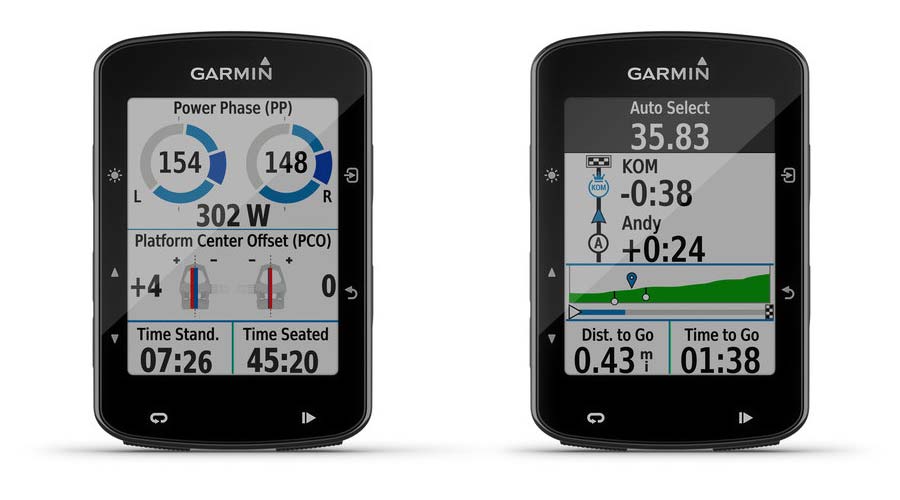Working alongside Garmin Connect and Garmin wearables, InsideTracker can now boost its training, recovery, and nutrition advice based on your actual biometrics. The partnership between hardware and software should bring you new levels of personalized performance.
Hows does it work?
The experience starts with InsideTracker’s analysis program, tailored to the user’s exact training goals and needs. No matter what program you land on, each begins with bio-markers from a single blood test and DNA.
What’s new to the InsideTracker formula is round-the-clock data from the fitness tracker — any wearable that can communicate with the Garmin Connect app.
Using these three data collection points, InsideTracker will make holistic recommendations on everything from time to train to recovery time after a hard session.
Yes — the Garmin Connect app does offer these recommendations currently, but paired with the InsideTracker app (where the data is collected and crunched), users will receive far more granular reports and suggestions. Meaning, you don’t have to interpret the data and figure out what to do next.
What happens with my data?
With the ability to track data round the clock, the InsideTracker app can take subjective data and make it objective. The InsideTracker team stressed this isn’t just for elite-level athletes, though Olympian Alexi Pappas helped dial in the current program.
Data is one thing, but turning it into something digestible and then giving real-time recommendations is another. The new InsideTracker/Garmin combo provides the user with a concrete starting point and hopes to better that with real-time feedback and suggestions. Small but powerful check-ins like fatigue rating, overall wellness, diet, and so on. Similar ratings you would find in a cycling performance app like Today’s Plan but one that actively asks for feedback and extrapolates the data.
Dr. Gil Blander, co-founder, and chief scientific officer of InsideTracker, said. “By integrating Garmin fitness tracking, we can now offer our users a real-time, 360-degree view of their health and wellness.”
From what we can tell, the suggestions aren’t on/off. They are more like gentle nudges to show what a good fatigue load would be in the hope to better your days’ training. Taking data sets from training activities and daily cumulative stress to achieve an overall wellness snapshot.
The primary data sets that InsideTracker collects from the wearable are sleep (REM, deep sleep), resting heart rate, and variability. “Most people think that they sleep for 8 hours a night,” said Blande. “After tracking sleep patterns, most notice they get far less.”
Tips and tricks to recover like a pro
The idea isn’t new, but the “Pro-Tips” and micro changes that the app encourages are. The algorithm offers activity-specific insights that give the user a clear picture from physiological marker tracking and daily habit tracking — like how to improve your InnerAge.
There are thousands of recommendations from the app and InsideTracker that can arise and the more relevant data collected the better the output — but they also start from the initial blood test and DNA collection.
For mineral or vitamin deficiency detected in a blood test, let’s say, the app will show you the “normal” range and give you natural (food-based, not drugs) ways to raise levels of nutrients in question. Though there are no ways to monitor beside another blood draw if the suggestions work, InsideTracker believes that biomarkers like resting heart rate, sleep, and recovery will improve, therefore giving confirmation of improvement.
Price and Avialibilty
This cutting-edge tech comes at a price, but you can get a free Garmin VivoFit wearable right now if you sign up for a program. Plans start at $59 for very (we mean super) basic and max out at $589 for the Ultimate experience. We’re going to check out a program from Insidetracker, and we plan on documenting our adventures.
